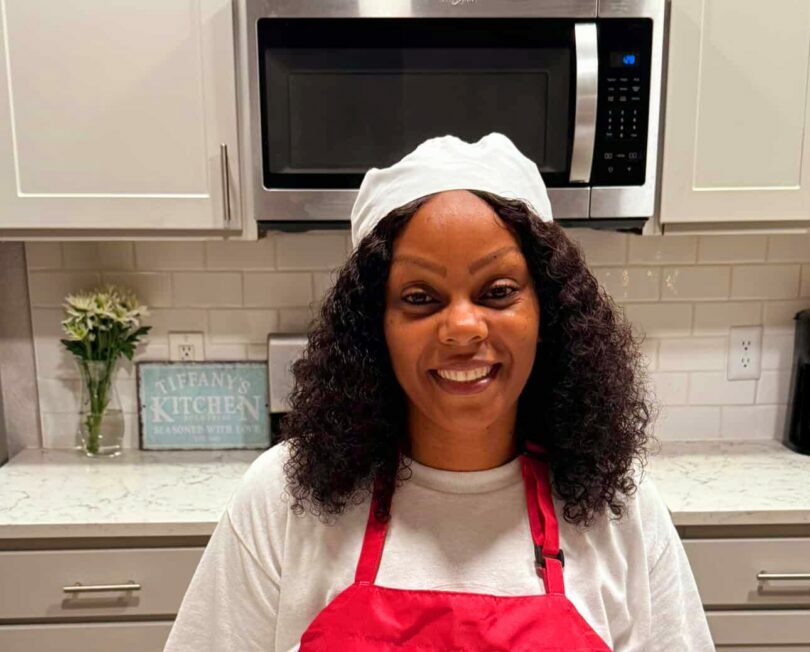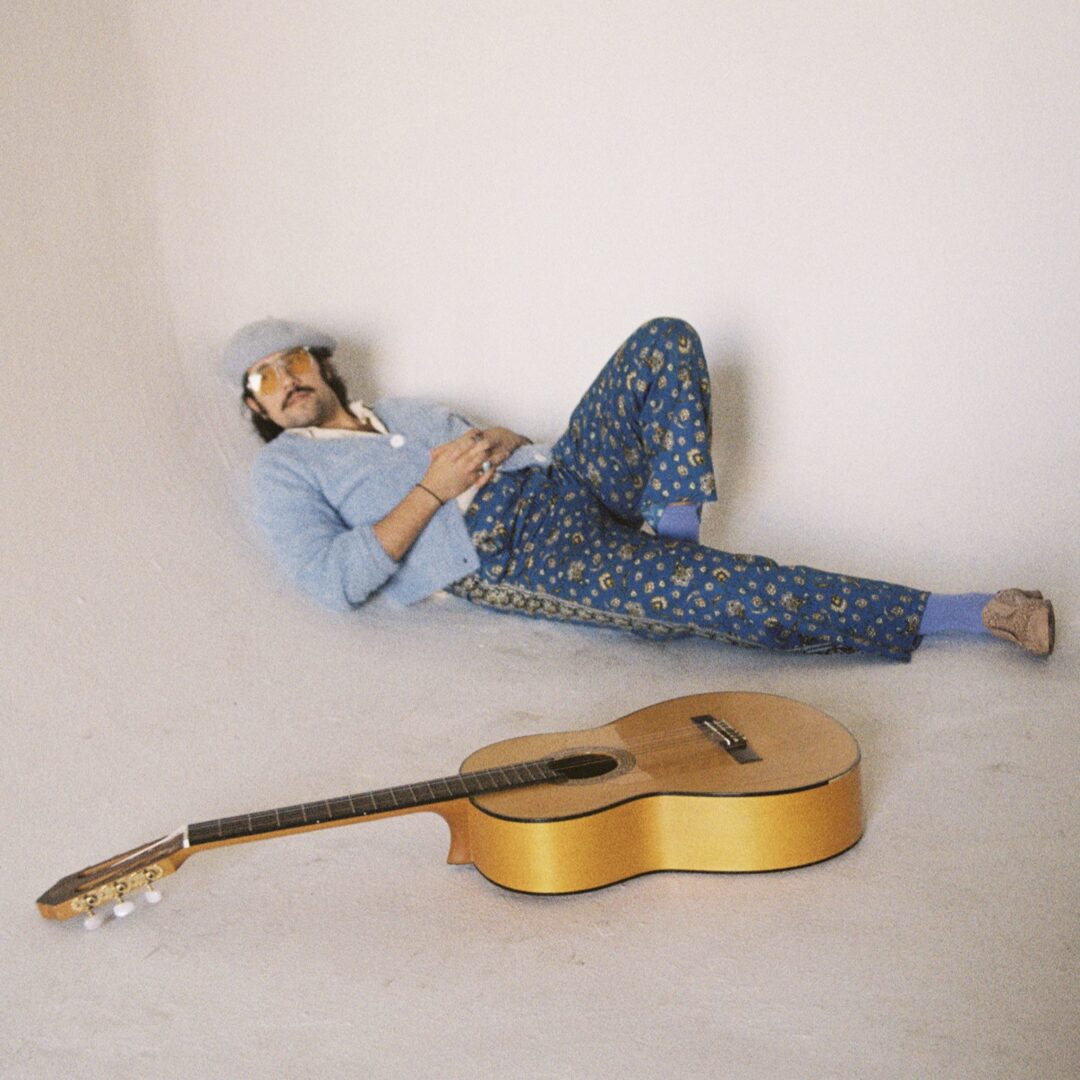We caught up with the brilliant and insightful Rika Nakayama a few weeks ago and have shared our conversation below.
Rika, appreciate you making time for us and sharing your wisdom with the community. So many of us go through similar pain points throughout our journeys and so hearing about how others overcame obstacles can be helpful. One of those struggles is keeping creativity alive despite all the stresses, challenges and problems we might be dealing with. How do you keep your creativity alive?
The key components of my work process that keep my creativity alive are curiosity, research, reflection, and experimentation. I have explored various disciplines such as illustration, film, architecture, and industrial design before focusing on animation, which made me grow as an interdisciplinary artist. So, when I approach an animation project, I gather inspiration and ingredients by researching the topic as well as reflecting on my own experience or things I am interested in, and I experiment with various techniques to develop a unique visual language for each project.
Great, so let’s take a few minutes and cover your story. What should folks know about you and what you do?
I am an experimental animator/filmmaker from Japan, currently based in LA. I have worked on various animation mediums, including traditional and digital 2D animation, stop-motion, and VR, both narrative and non-narrative. In all of my personal works, I aim to feature senses of ephemerality and tangibility. I like to capture subtle natural phenomena such as light, shadow, and water, and my films are often inspired by memories of the past, dreams, and ever-changing places. Materiality and textures are also key components of my work, which blends reality and imagination and evoke unique perceptions of our own space and memories. I especially like stop-motion animation because of its physicality — it’s powerful and magical to bring actual inanimate objects to life. My most recent film “Under A Shooting Contrail” (2022) is a story of a little stop-motion puppet who leaves the studio and explores the outside world, experiencing the ever-changing outdoor environment — wind, sunlight, and different weather. I made this film to bring uncontrollability and serendipity to stop-motion animation, which is usually shot in a highly controlled studio environment. It also reveals a different aspect of nature from a non-human perspective, since the environment changes in a time-lapse speed while the puppet moves in a human speed. Luckily, this film has been screened in film festivals in many countries and it has connected me with many filmmakers and stop-motion people. I am currently working on my MFA thesis film at California Institute of the Arts, which will be a narrative stop-motion film exploring human-environment connections through a family’s story.
Looking back, what do you think were the three qualities, skills, or areas of knowledge that were most impactful in your journey? What advice do you have for folks who are early in their journey in terms of how they can best develop or improve on these?
To me, the 3 most important things are curiosity, perseverance, and community. Curiosity makes us observe and learn about many things, sometimes discovering connections between seemingly unrelated topics. When making an artwork, I realized that the more things we are interested in, and the more we observe and learn, the broader the breadth and depth our work can get. I also found perseverance to be a very important quality when working on a long production like animation. Making an animated film is like running a marathon for months and years, making a few steps forward everyday. There are many difficulties and tedious tasks that require patience, while also taking care of our health. But even if it feels overwhelming and the goal is far, if you keep doing one thing at a time, you will get there eventually. There are also many discoveries and joy during the process. Lastly, community is very important. I’m surrounded by people who share similar interests and practices with me, and there are a lot of things we learn from each other and it’s motivating to have people work alongside you. Being in a creative community, even with a few friends, gives me inspiration and support to keep working. It’s also very helpful to meet with professionals through internships, film festivals, or local hang-outs. I’ve learned a lot about the industry and the creative community outside of school by meeting with professionals from various places in the past year.
What’s been one of your main areas of growth this year?
The two big events I have had since last year are probably film festivals and my thesis film production. I went to Croatia and France for big animation festivals last summer, and had an amazing time meeting, connecting, and sharing works with many filmmakers and professionals. Also, watching many films from across the world everyday, I got a glance of different animation cultures and communities outside of my region and found how powerful a communication tool animation is. Before going to the festivals, the only way I could reach out to professionals was via email sharing my portfolio, but it was much better and more fun to meet with them as friends and fellow creatives in a casual and inspiring environment at festivals. That experience helped me identify myself as an artist/filmmaker instead of a student and see animation as a communication media that can reach people across the world. After coming back to LA in fall, I’ve been working on my thesis film that requires me to work with a team for the first time. I’ve learned a lot about collaborating with people and communicating my visions as a director, and it’s been an amazing experience to have people bring various experiences and expertise to this project.
Contact Info:
- Website: rikanakayama.com
- Instagram: @rika_stopmotion / @rikakakakakk
- Linkedin: linkedin.com/in/rikanakayama/
- Twitter: @rika_animation





Image Credits
Rika Nakayama




